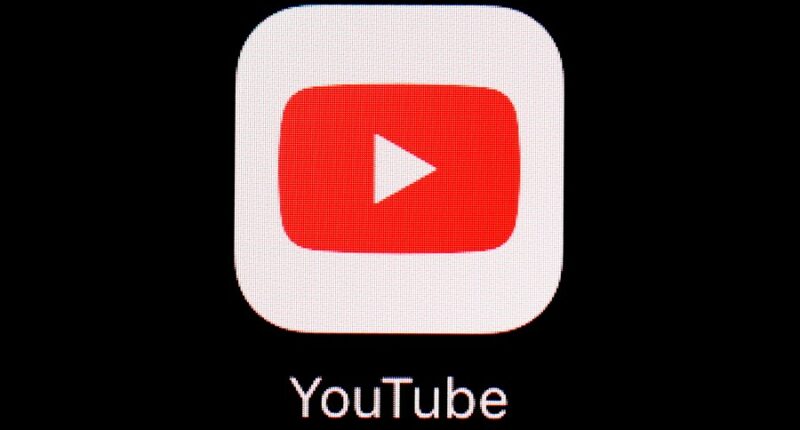Share this @internewscast.com

YouTube is set to start testing a new age-verification method in the U.S. on Wednesday, utilizing artificial intelligence to differentiate between adults and minors by analyzing the types of videos they view.
Initially, this testing phase will impact only a small portion of YouTube’s U.S. audience. However, if the system proves to be as effective at estimating users’ ages as it has been in other regions, its use may expand. This system will function only when users are logged into their accounts, making assessments regardless of the birth date provided during account creation.
Should the system determine that a signed-in viewer is under 18, YouTube will enforce standard restrictions designed to keep minors from accessing content and engaging in behaviors unsuitable for their age group.
The protective measures include reminders to take screen breaks, privacy alerts, and limits on video recommendations. Additionally, YouTube, which has been part of Google for nearly two decades, refrains from displaying ads specifically tailored to an under-18 audience.
If a viewer is mistakenly flagged as a minor, they can rectify the error by presenting a government-issued ID, a credit card, or a selfie to YouTube.
“YouTube was among the first platforms to provide tailored experiences for younger audiences, and we take pride in leading the way with technology that enhances safety while safeguarding teen privacy,” wrote James Beser, YouTube’s director of product management, in a blog post detailing the age-verification system.
People still will be able to watch YouTube videos without logging into an account, but viewing that way triggers an automatic block on some content without proof of age.
The political pressure has been building on websites to do a better job of verifying ages to shield children from inappropriate content since late June when the U.S. Supreme Court upheld a Texas law aimed at preventing minors from watching pornography online.
While some services, such as YouTube, have been stepping up their efforts to verify users’ ages, others have contended that the responsibility should primarily fall upon the two main smartphone app stores run by Apple and Google — a position that those two technology powerhouses have resisted.
Some digital rights groups, such as the Electronic Frontier Foundation and the Center for Democracy & Technology, have raised concerns that age verification could infringe on personal privacy and violate First Amendment protections on free speech.











